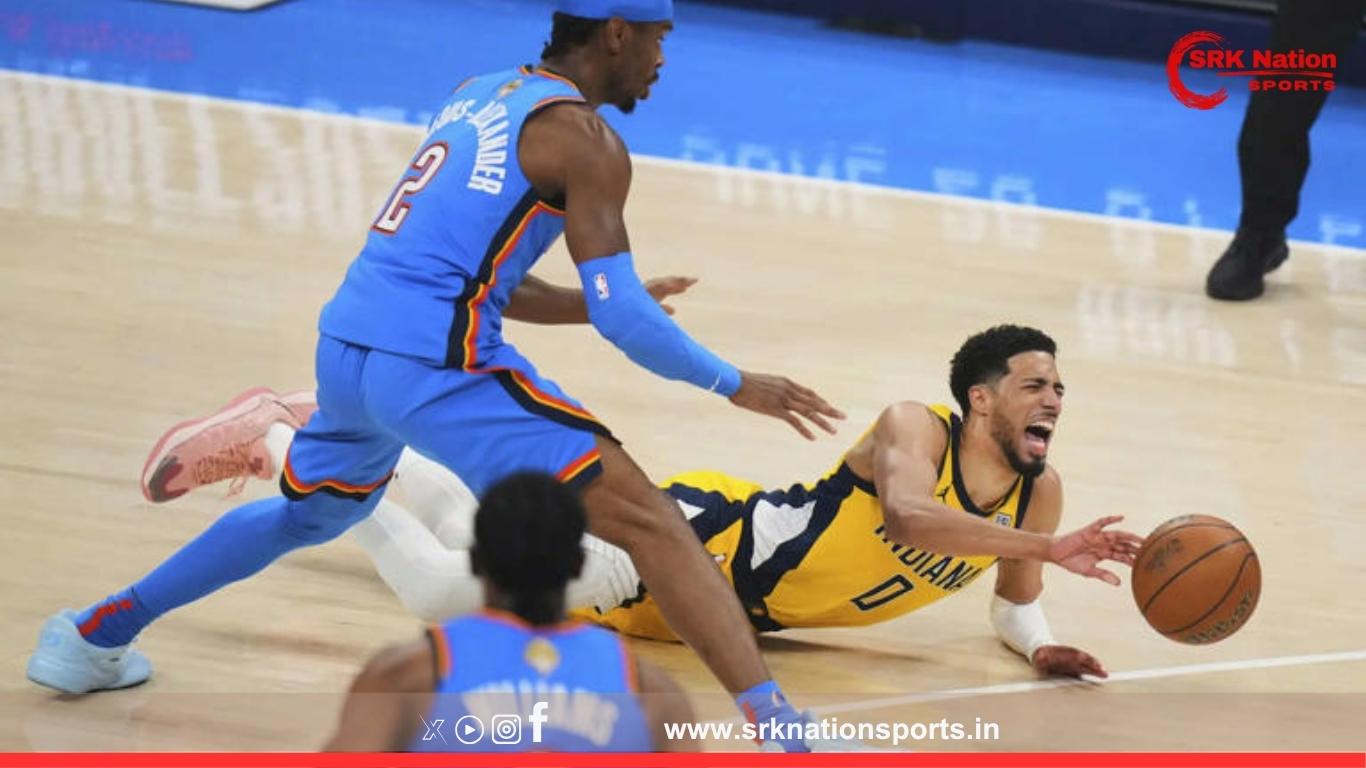Indiana Pacers star Tyrese Haliburton suffered a devastating right calf injury just five minutes into Game 7 of the NBA Finals, sending shockwaves through the basketball world and reigniting concerns about the hidden physical toll of elite-level play. The 25-year-old collapsed mid-drive, clutching his leg in agony, and was ruled out for the remainder of the game—potentially altering the trajectory of his career.
🧠 The Anatomy of a Calf Strain
Basketball demands explosive acceleration, sudden stops, and vertical leaps, all of which place immense stress on the gastrocnemius and soleus muscles—the two primary muscles of the calf. These muscles connect to the Achilles tendon, making them vulnerable to overuse and acute injury.
“What starts as a mild strain can escalate into a Grade 2 or 3 tear—or even a ruptured Achilles,” noted sports medicine experts.
Haliburton had been managing a calf strain since Game 5, undergoing round-the-clock treatment including hyperbaric therapy, massage, and electrical stimulation. His decision to play through the pain, while admirable, may have increased the risk of a more severe injury.
⚠️ The Hidden Risk: Playing Through Pain
Haliburton’s case echoes past cautionary tales—Kevin Durant’s 2019 Achilles tear began as a calf strain. The pressure to perform in high-stakes games often leads athletes to override pain signals, risking long-term damage.
“If I can walk, I want to play,” Haliburton said before Game 6—a sentiment that underscores the competitive mindset but also the medical dilemma.
🏥 What’s Next for Haliburton?
While an official diagnosis is pending, early signs suggest a serious tendon injury, possibly involving the Achilles. Recovery timelines vary:
- Mild strain: 2–4 weeks
- Grade 2–3 strain: 6–12 weeks
- Achilles tear: 6–12 months
The Pacers are expected to conduct a comprehensive MRI and may opt for a conservative rehab plan to protect Haliburton’s long-term health.
Stay tuned for updates on Haliburton’s recovery and the evolving science of sports injury prevention.









